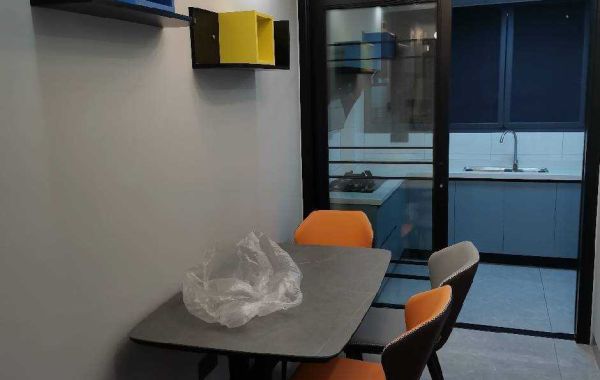Klondike solitaire is perhaps the most well-known version of solitaire, serving as the default in many solitaire packs. You must stack the cards 2-A by suit and rearrange the cards in the piles below by uncovering the stacks and using cards from the draw pile. On iOS, there are numerous versions of Klondike, ranging from the classic to new arcade challenges. Solitaire is the most popular free solitaire game.
Play the classic Klondike Solitaire card game online
Solitaire is the most popular free solitaire game...with thousands of free games. Top-tier games with a variable level of difficulty:)
And, with our optional extra-large card symbols, squinting is no longer necessary!
You get unlimited puzzle games, all free games, all best of class games, and a Smart Point with this solitaire game...
The most popular version of Solitaire is Klondike. So much so that the term "Solitaire" usually refers to this game when used alone. Its origins are unknown, but it is thought to have first appeared during the gold rush of the nineteenth century in the Klondike region of Canada, where it gets its name.
Its enormous popularity can be traced back to its inclusion in Microsoft's Windows 3.0 operating system in 1990.
Game-play
Klondike solitaire is played with a 52-card deck. The goal is to arrange them on the foundations in order of suit, beginning with the Ace and ending with the King.
On the tableau, the cards are dealt into seven piles (the game area). Except for the top card in each pile, all of the cards are face down. To gain access to and reveal the bottom cards, players must create sequences and move them within the piles. On the tableau, sequences are built in descending order (from King to Ace) and with alternating colors. Only Kings can be moved into empty tableau spaces.
The cards that were not dealt into the piles are arranged in the Stock pile. These can be used to assist players in building their sequences.






